Types and varieties of lobelia
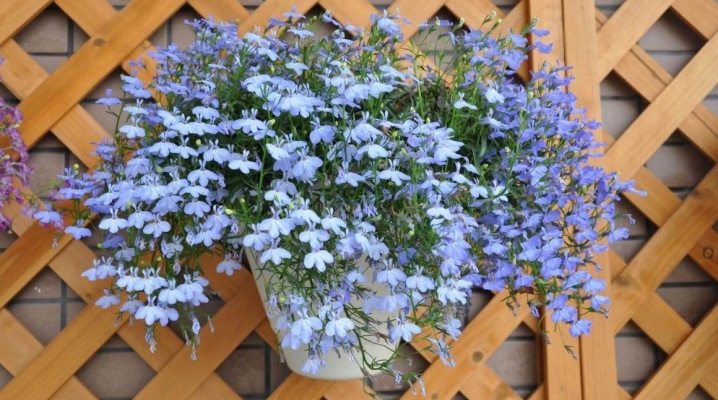
Today, ornamental plants are grown everywhere. Hobbyists often decorate their country homes with shrubs, herbs and beautiful flowers. Without exaggeration, lobelia is a universal plant. Its various types can be seen in flower beds, hanging pots and even aquariums.

Views
Lobelia is a perennial plant that is most often cultivated as an annual. Natural habitat - humid and rocky places in South Africa. There are about 400 types of lobelia. The most famous are the following.
- Cardinal (purple, blood red) lobelia - an aquarium plant with light green leaves. The species got its name due to the purple shade of the underside of the leaves. The main value of aquarium, or cardinal, lobelias is their bright scarlet flowers, which are located on the surface of the water and give the aquarium a certain aesthetics. Despite the lush flowers, the base is very poorly developed, consisting of only a few small leaves. The arrangement of the foliage is spiral.
Purple lobelia has become widespread in the design of Dutch-style aquariums; it is planted in the background and on the sides of the container.
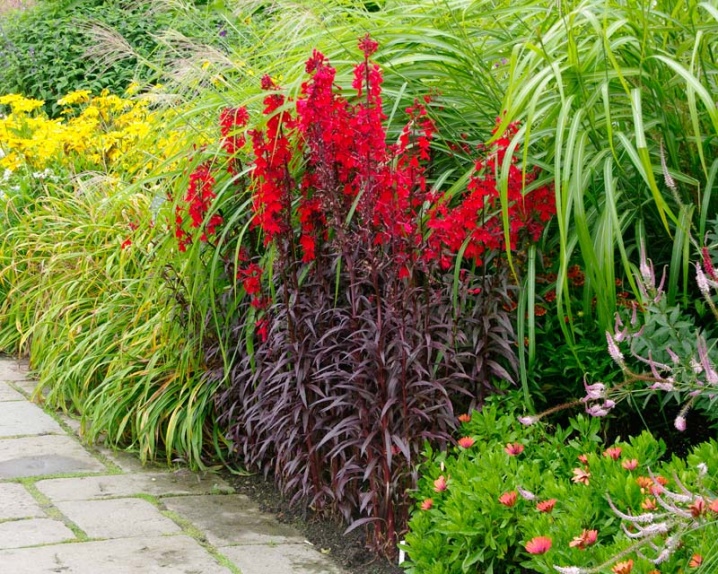
- Black lobelia has other names - garden, erinus, border, blue. The main advantage of this species is the rapid blooming of flowers and garden decoration until late autumn. Small bright blue inflorescences form a lush cap. Amateurs most often grow this species on lawns, alpine slides and along paths. Flowers also look good in hanging baskets and in combination with other types of crops.
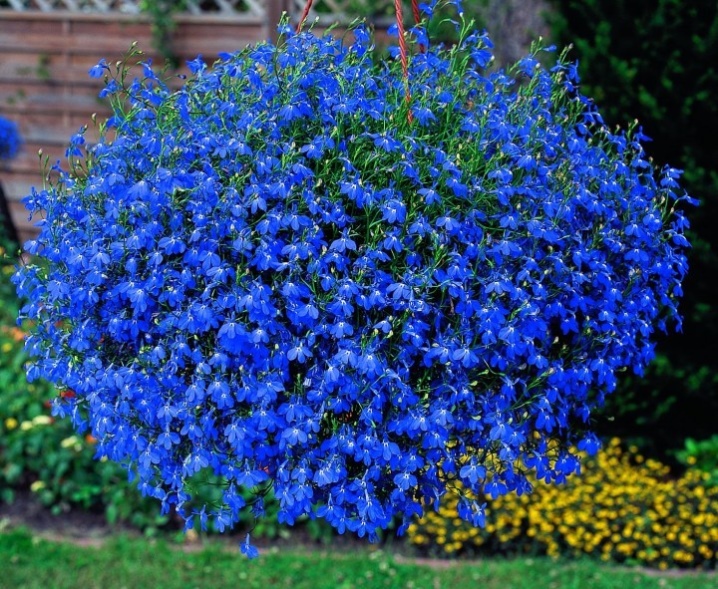
- Lobelia Dortman is considered the rarest species, it is listed in the Red Book. Due to the widespread drainage of swamps and lakes in nature, it is now rarely found in nature; the plant is bred in botanical gardens. The water flower is partial to silty, sandy soils, in this it is similar to the cardinal view. These lobelias usually grow in groups, one by one they are much less common.
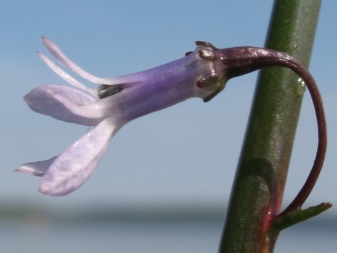
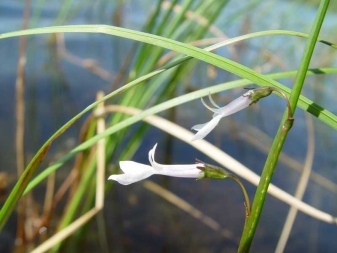
In the gardens, they grow mainly black lobelia (erinus), and it can look different. There are several forms of it.
- Ampelnaya lobelia grows lashes up to 35 cm long. When planted in hanging pots, balcony boxes, it will hang down effectively, forming a cascade of flowers. Therefore, this form is sometimes called cascading.
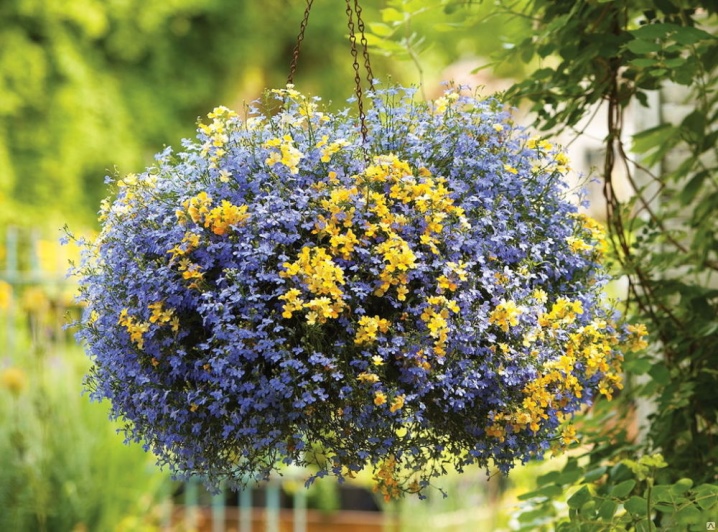
- Climbing lobelia is similar to ampelous in that the stems grow up to 30-35 cm. Long shoots allow it to be used as a ground cover plant.
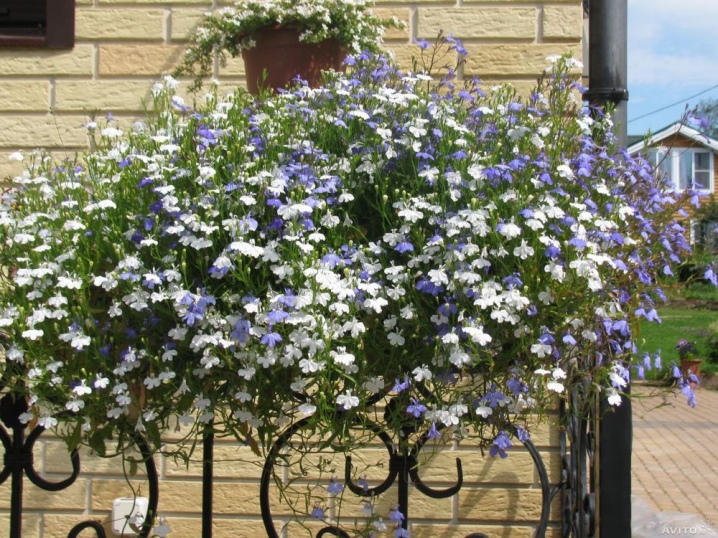
- Lobelia can form upright bushes. Depending on the size, 3 bush forms are distinguished. The dwarf has a shoot height of only up to 12 cm. The compact one is slightly higher - up to 15 cm. The highest stems have an erect form, they can grow up to 80 cm.
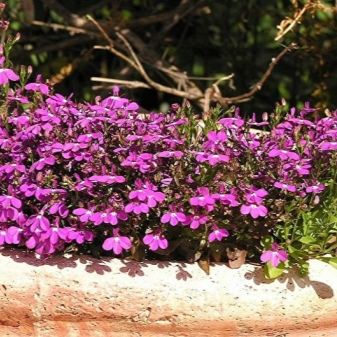
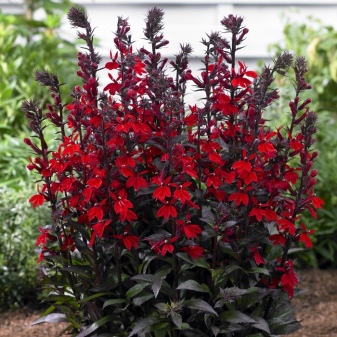
The best varieties with a description
Breeders have bred many varieties of black lobelia. In addition to flowers of all kinds of shades of blue, among them you can find white ones. Sometimes the description states red, but its pure shades have not yet been achieved in any variety. It will rather be dark crimson tones or close to purple. We present the most popular varieties.
- Lobelia "Crystal Palace" - an annual plant. Its thin stems with dense foliage begin to branch out at the very base. The bushes are quite compact in size. The leaves of this variety have a bronze tint, and the inflorescences are aquamarine.Any soil with a large amount of humus is suitable for it. This variety grows well in the shade and in the sun.
At the end of summer, the plants are pruned, top dressing is applied, the soil is loosened and abundantly watered, followed by even more lush flowering.
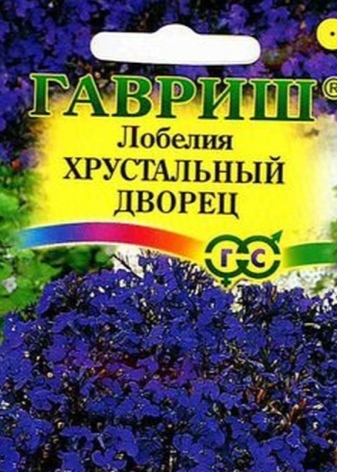
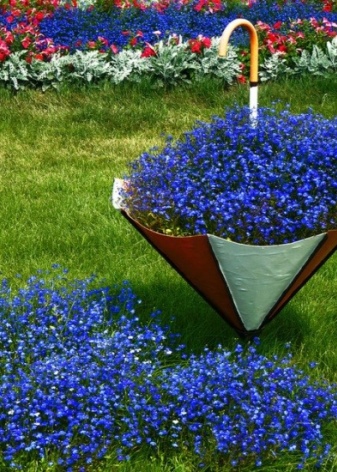
- "Cambridge" - undersized variety with light blue flowers of small size. The stems of the plant are often densely branched, lush flowering occurs from mid-summer until frost. To increase the duration of this period, it is recommended to get rid of the faded stems. Flowering begins 2.5 months after sowing seedlings.

- Lobelia "White Lady" - perennial undersized plant (up to 13 cm), has flowers no more than 2 cm in diameter. However, this variety is wonderful for its abundant and long flowering.
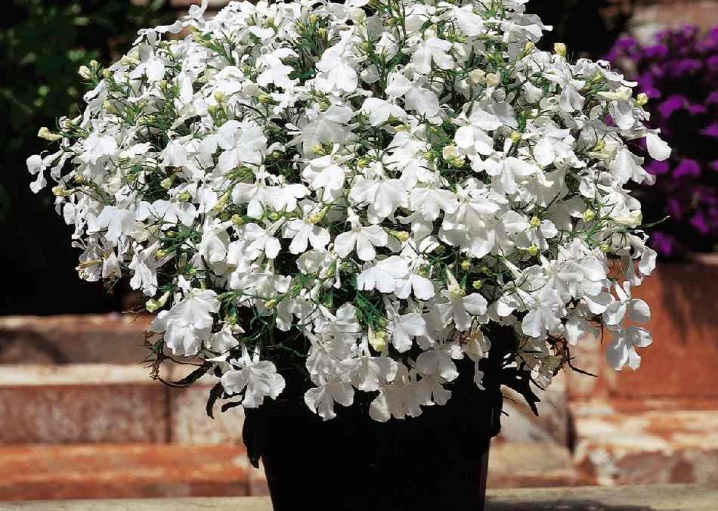
- Variety "Sapphire" blooms with a lush carpet of small flowers, it is better to grow as ampelous. Any garden will give a certain charm and sophistication. The variety is suitable for growing both at home and in open ground. Lush bloom lasts from early summer until frost. This lobelia may not endure the cold of central Russia, therefore, outdoor plants in pots will need to be taken into the house.

- "Pearl thread" - a variety with graceful flowers, has spherical bushes and highly branched stems. It is characterized by long and abundant flowering throughout the summer. But for this it is necessary to regularly carry out top dressing and abundant watering of the bushes.
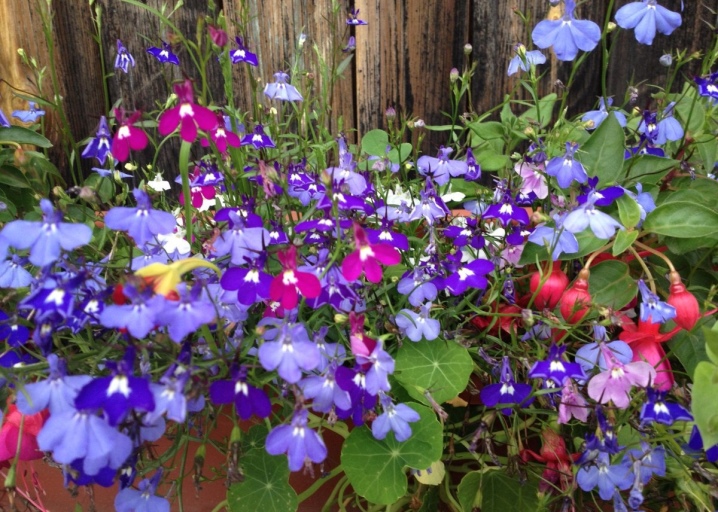
- Variety "Blue Breeze" with dense bushes, it grows up to 12 cm in height. Flowers are dark blue with white centers, appear from early summer to mid-autumn. Plants thrive in sunny areas with fertile soils.
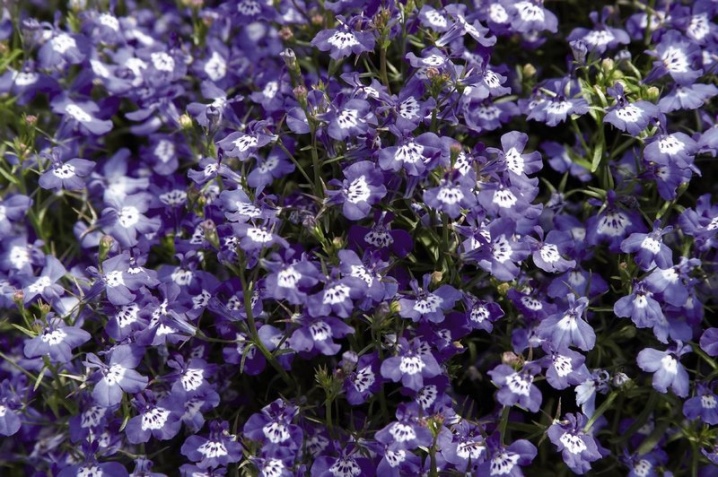
- Variety "Emperor William" very famous among gardeners for its unpretentiousness and excellent combination with other garden plants. This lobelia can grow on loamy soil. The flowers are small, rich cornflower blue with a diameter of no more than 2 cm. The variety is distinguished by thin shoots with strong branching from the base, the leaves are arranged alternately, densely adorn the stem.
Flowering occurs in early summer and continues until the first frost.
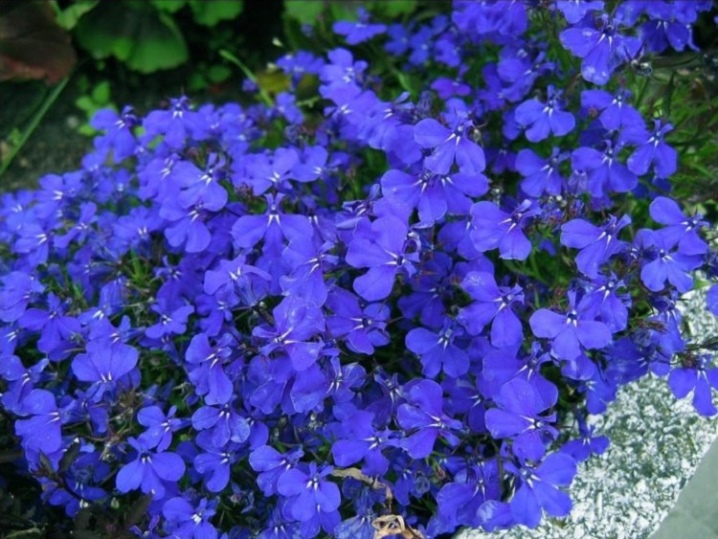
- "Rosamund" - one-year ampelous variety. Stems reach a height of 15 cm, form dense bushes. They grow well on suspended structures and in balcony boxes. The decorativeness of plants remains unchanged throughout the summer.
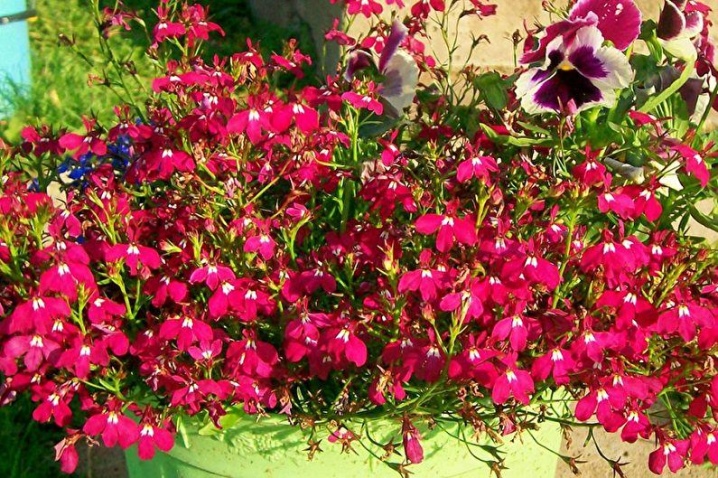
- "Red volcano" Is a perennial variety. Plants form bushes, reaching a height of 80 cm, with tough stems that do not need a garter. The variety grows well in subtropical and temperate climates. When grown at home, the most optimal temperature regime is +20 degrees.

- "The fountain" - perennial ampelous variety, characterized by cold resistance. It has cascading bushes with shoots up to 25 cm long. It is grown on balconies and terraces.
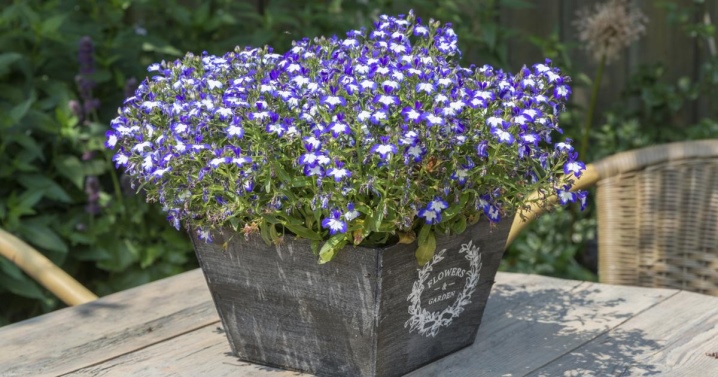
- Variety "Blue Flash" grown on curbs and terraces. This is a profusely flowering, highly branched lobelia no more than 15 cm high. The blue small inflorescences go well with other garden plants. It is recommended to grow this variety outdoors when decorating rock gardens and "flower streams", as well as along curbs and carpet plantings.
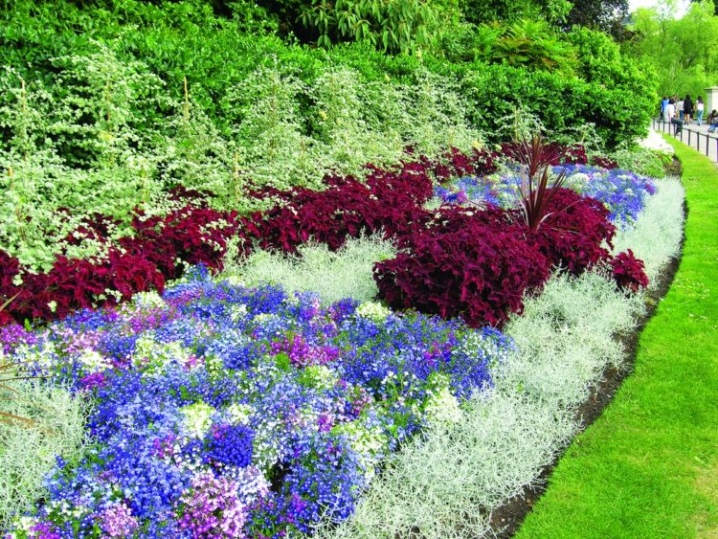
Basic rules of care
Lobelia is a light-loving plant, so it is recommended to plant it in a sunny area. The plant grows well on fertilized soil, but it blooms a little. This fact must be taken into account when preparing the soil for cultivation.
Seeds are sown for seedlings at the end of winter, but a slight delay will not create problems, since lobelia blooms about 2.5 months after sowing. To do this, you can use peat tablets or purchase special soil mixtures for flowering plants. The substrate prepared in the fall from the garden soil can be stored on the balcony; when sowing in the spring, there is no need to steam it. The soil should be as loose as possible.
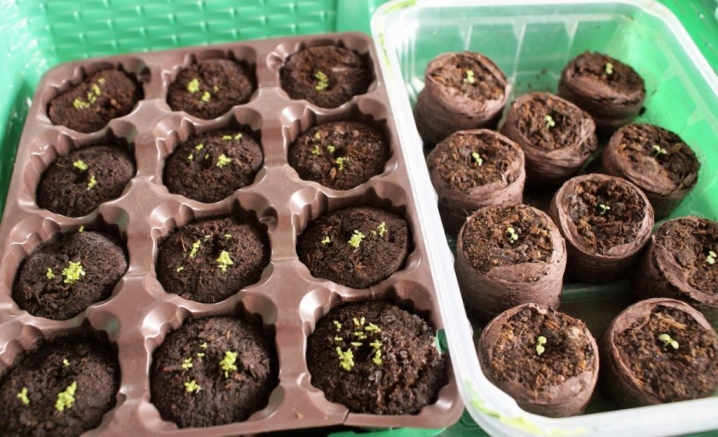
Lobelia seeds are very small and are best mixed with sand. You can purchase granular, then 3-5 plants will grow from each unit of material. You do not need to cover the seeds with earth; it is enough to put them on a slightly compacted surface.
The first shoots begin to appear after a week. During this period, it is extremely important not to overmoisten the soil. About a month after sowing, a pick is carried out. To do this, you need a special stick, which is used to pick up the stem of the plant, carefully pull it out of the substrate and transfer it into separate small glasses.
In late spring, the seedlings must be transplanted into open ground. The plant can perfectly withstand cold temperatures down to -1 degrees. Up to 10 bushes will be enough per square meter of the plot.
Now you can enjoy the beautiful lobelia flowers all summer long.

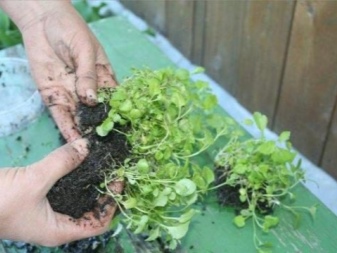
In August, it is recommended to apply top dressing in the form of mineral fertilizers and loosen the soil. After a while, you can expect a second, even more abundant flowering of the plant, which can continue until the onset of frost.
Lobelia is responsive to various dressings, therefore it is recommended to carry them out 2 times per season. The first time should be fertilized half a month after transplanting into open ground. Optimal proportion: 1 part of mineral fertilizer to 10 parts of nettle infusion or mullein solution. Potted plants are fed more often, about 1 time per week, but in small doses.
Lobelia requires regular watering, in no case should the soil be allowed to dry out.
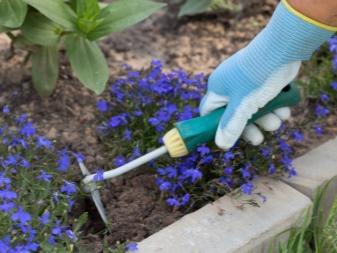
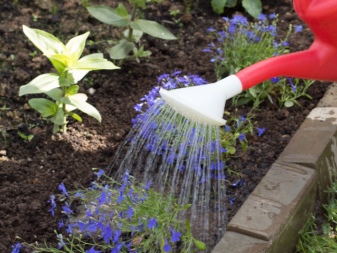
Beautiful examples
Cardinal Lobelia gives liveliness and originality to any aquarium. Light green foliage can turn red in high light conditions.
- The Sapphire variety is most often used for cultivation in suburban areas. This unpretentious plant is rarely affected by fungal diseases, at the same time, the bushes are constantly strewn with beautiful flowers.
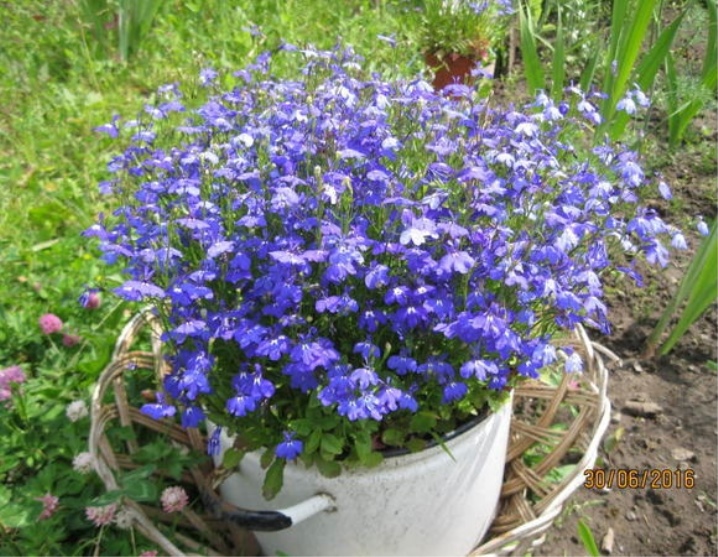
- Lobelia Dortman grows on the banks of rivers and lakes. The plant with graceful flowers is protected by the state.
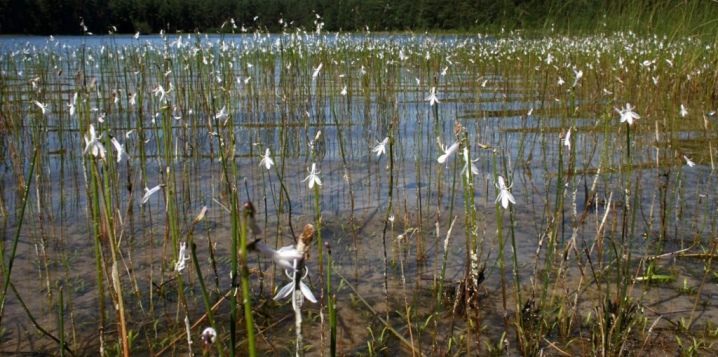
- Variety "Blue Flash" has inflorescences in the form of balls with graceful small saturated blue flowers. Looks great when grown alone or in combination with other horticultural crops.
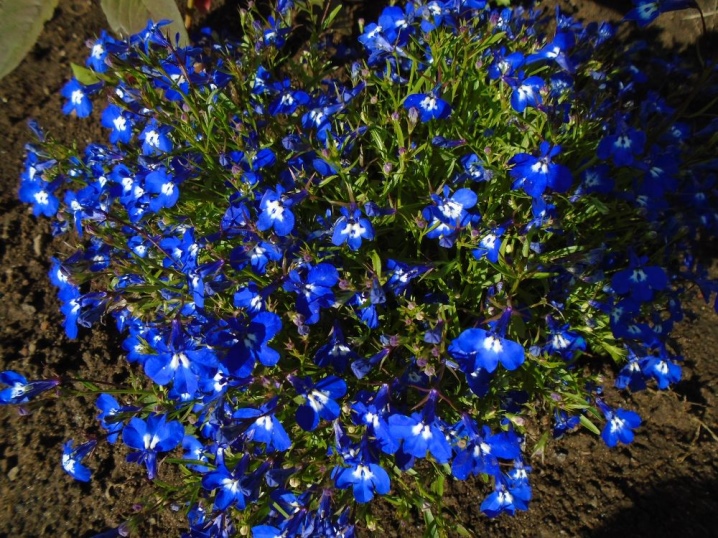
Tips for growing lobelia - in the next video.





































































































The comment was sent successfully.